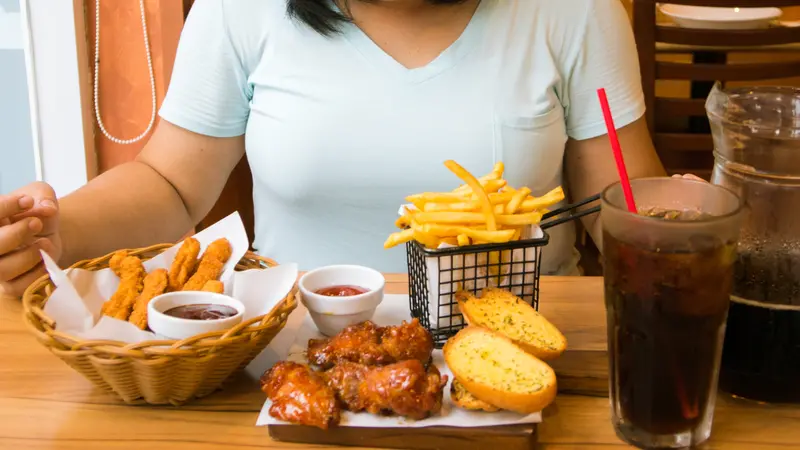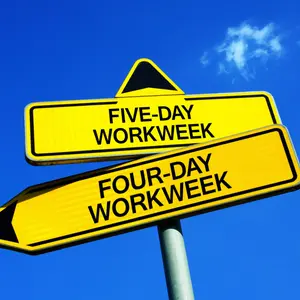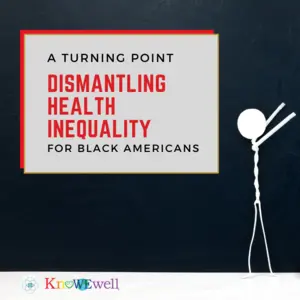

Community

Community
Food at the Root of Chronic Disease in Underserved Populations
The COVID-19 pandemic has disproportionately affected Black and Hispanic populations, bringing to light the stark health disparities that already existed in the US. Life expectancy in Black communities is now 15% below the average, and the highest rates of obesity, diabetes, heart disease, and high blood pressure are found in low-income or minority communities. These disparities can be attributed to a variety of social determinants of health—living and working conditions that affect health risks and outcomes.
Mark Hyman, MD, author of Food Fix, believes that food is “an invisible form of racism, a silent and insidious injustice.” He says low-cost, unhealthy junk food is at the root of the chronic diseases that disproportionately afflict minority and low-income communities.
Many of these populations live in so-called food deserts, where the closest grocery store is more than a mile away and fresh fruits and vegetables are hard to find. Even more predictive of obesity and illness are what Dr. Hyman calls toxic food swamps, communities that are full of fast-food chains and convenience stores that sell only highly processed, sugar-laden foods and beverages. Black neighborhoods have almost double the number of fast-food restaurants as White neighborhoods.
For those who can find fresh whole foods, there is another barrier: cost. In disadvantaged communities, people are more likely to rely on the federal Supplement Nutrition Assistance Plan (SNAP) to buy groceries. Families who need to stretch a food budget often make the less healthy and more affordable choice, choosing junk food instead of more expensive fresh fruits and vegetables. About 75% of SNAP benefits are used for ultra-processed food and 10% for soda, a total of $7 billion each year.
Race-based advertising is contributing to the problem. From 2013 to 2017, food advertising targeted to Blacks increased by 50%, and Black teens viewed 119% more ads for junk foods like soda and candy than their White counterparts. McDonald’s and other companies use high-profile celebrity spokespeople such as Serena and Venus Williams and Enrique Iglesias to attract minority consumers.
Some communities have started innovative programs to break the cycle of food injustice. The Ebenezer Baptist Church in Atlanta began a two-acre urban garden where parishioners grow fresh food for the local community. Grassroots programs such as this can act as models for other communities across the nation. In addition to local programs that educate and empower, changes in government policies and regulation are also needed. Dr. Hyman says, “The work of transforming this system of oppression must come from multiple sectors.”
REFERENCES
Hyman, M. (2021, June 14). The hidden form of racism that no one is talking about. Medium. https://medium.com/@drmarkhyman/the-hidden-form-of-racism-that-no-one-is-talking-about-ddb5c0431b1c


 By
By







